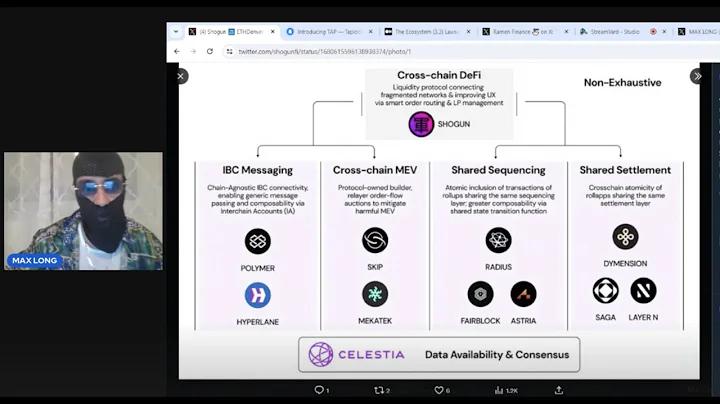Overview
Intents in the realm of Web3 and DeFi represent a paradigm shift in how users interact with blockchain-based systems. By allowing users to specify their desired outcomes rather than the detailed steps to achieve those outcomes, intents streamline and simplify the user experience. This concept is foundational to improving the accessibility and efficiency of decentralized applications (dApps).
Historical Context
The concept of intents in blockchain technology evolved as a response to the complexity and user-unfriendliness of early blockchain interactions. Initially, users had to manually manage every step of a transaction, which required a deep understanding of the underlying technology. As the DeFi ecosystem grew, the need for more intuitive and accessible solutions became apparent, leading to the development of intent-based systems.
Modern Innovations in Intents
Recently, intents have taken on a more sophisticated role in DeFi, moving beyond basic transaction automation to include advanced functionalities and optimizations. This modern interpretation includes systems that handle high-level user goals and optimize transactions autonomously.
Key Features
- High-Level Goal Declaration: Users specify their desired outcomes without detailing the steps needed to achieve them. For instance, a user might state, “I want to swap 1 ETH for the best possible amount of USDC.”
- Automation and Optimization: The system interprets these high-level intents and determines the most efficient way to execute them, often using AI and other optimization algorithms.
- Cross-Chain Interactions: Modern intent-based systems can facilitate transactions across different blockchains, simplifying processes like asset transfers between chains.
Mechanism of Intents
Intents are implemented through smart contracts, which are self-executing contracts with the terms of the agreement directly written into code. Users express their intents—such as swapping tokens, providing liquidity, or borrowing assets—through these smart contracts. The system then interprets and executes these intents, handling all necessary operations in the background.
Steps Involved
- Expression of Intent: Users specify their desired outcome (e.g., “I want to exchange 1 ETH for USDC”).
- Interpretation: The intent is interpreted by the system, which determines the necessary steps to achieve the specified outcome.
- Execution: The system executes the required operations, such as interacting with multiple dApps or protocols, to fulfill the user’s intent.
- Confirmation: Users receive a confirmation once their intent has been successfully executed.
Benefits
Intents offer several advantages, particularly in their modern implementation:
- Simplification: They reduce the complexity of DeFi interactions, making the technology more accessible.
- Efficiency: Automated processes save time and reduce transaction costs.
- Security: Intents enhance security by ensuring precise execution of transactions.
- Optimization: Systems can use advanced algorithms to achieve the best possible outcomes for users.
Applications
Modern intents are applied across various DeFi platforms:
- Aperture Finance: Utilizes intents to streamline complex DeFi operations. Users can set specific goals, like rebalancing liquidity positions based on certain price thresholds, and the system automates the execution.
- Shogun Finance: Implements intent-based strategies to optimize user interactions and financial operations within DeFi.
- Magpie Protocol: Uses intents to enhance user experience by automating complex transactions and providing optimal results.
- Intent Network and IntentX: These platforms leverage intents to facilitate seamless and efficient DeFi transactions across multiple chains and protocols.
Challenges
Despite their benefits, intent-based systems face several challenges:
- Technical Complexity: Developing and maintaining these systems requires significant technical expertise.
- Security Concerns: Ensuring secure execution of intents in a decentralized environment is challenging and critical.
- User Trust: Building trust in automated systems is crucial, as users must be confident that their intents will be executed accurately and securely.
Future Prospects
The future of intents in Web3 and DeFi looks promising. Ongoing developments are expected to include more sophisticated AI-driven optimizations, enhanced security protocols, and broader adoption across various blockchain platforms. These advancements will further simplify and automate blockchain interactions, driving mainstream adoption of decentralized finance.







